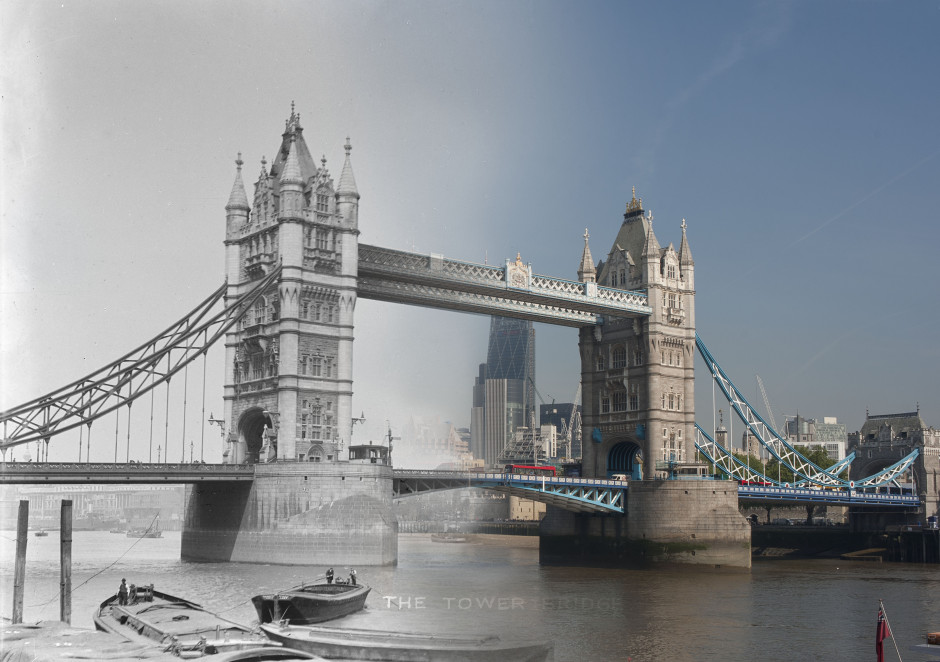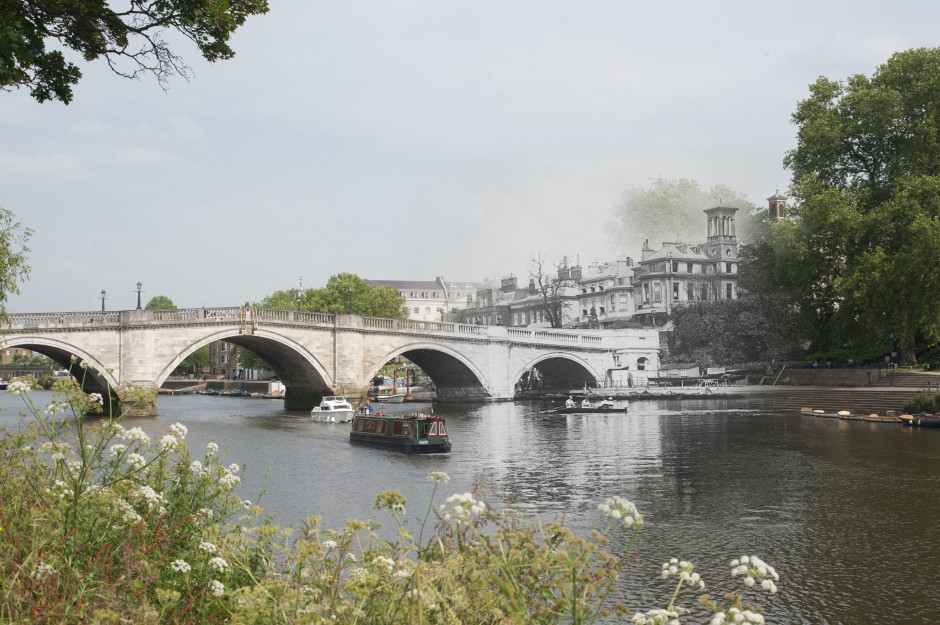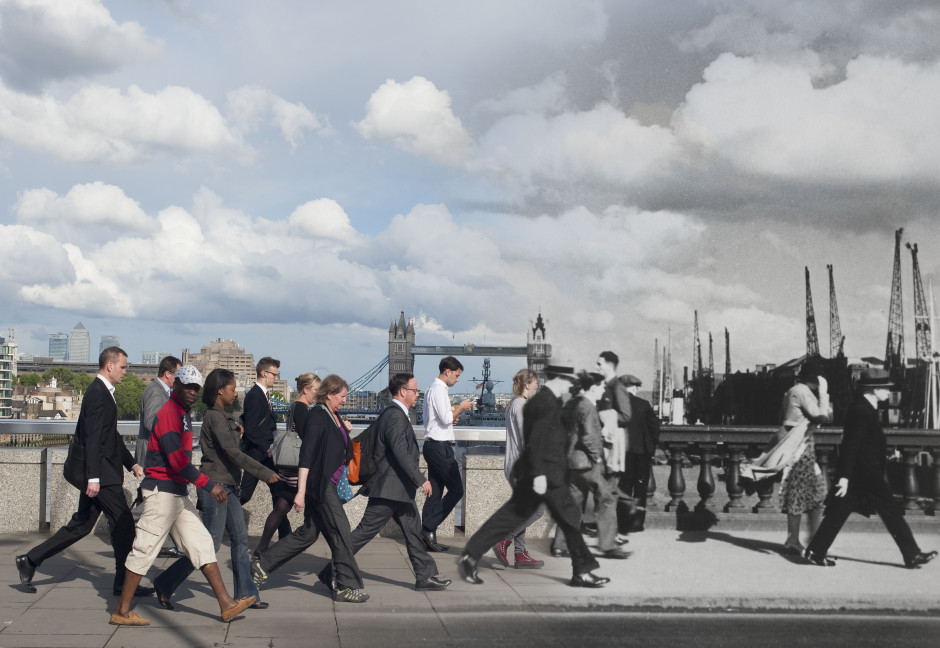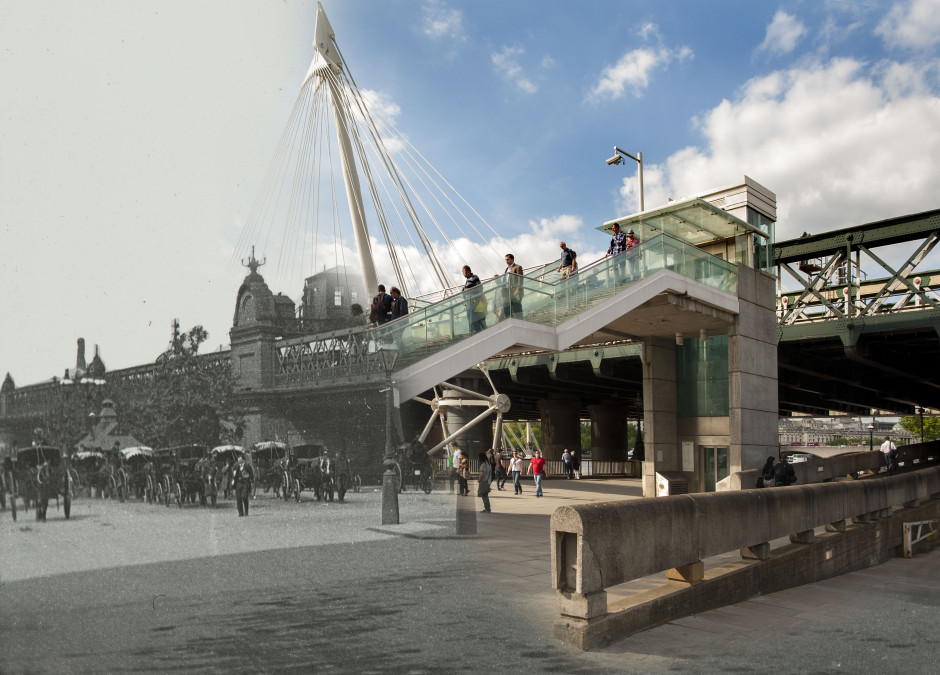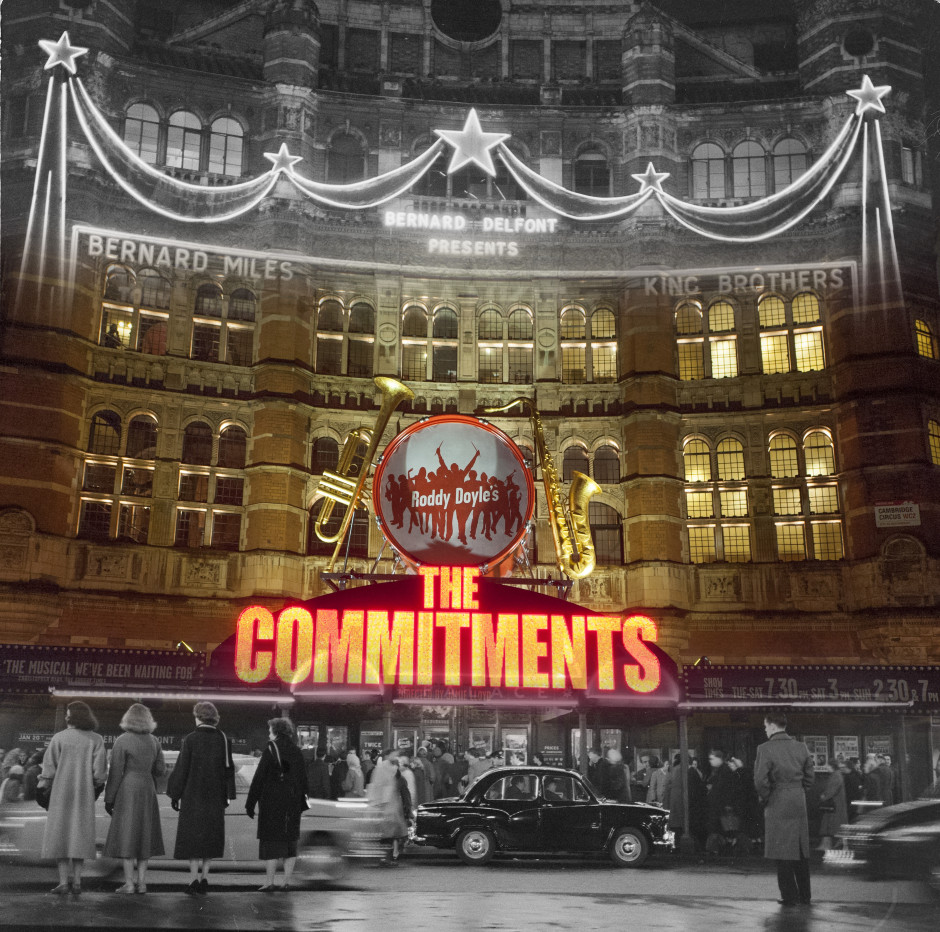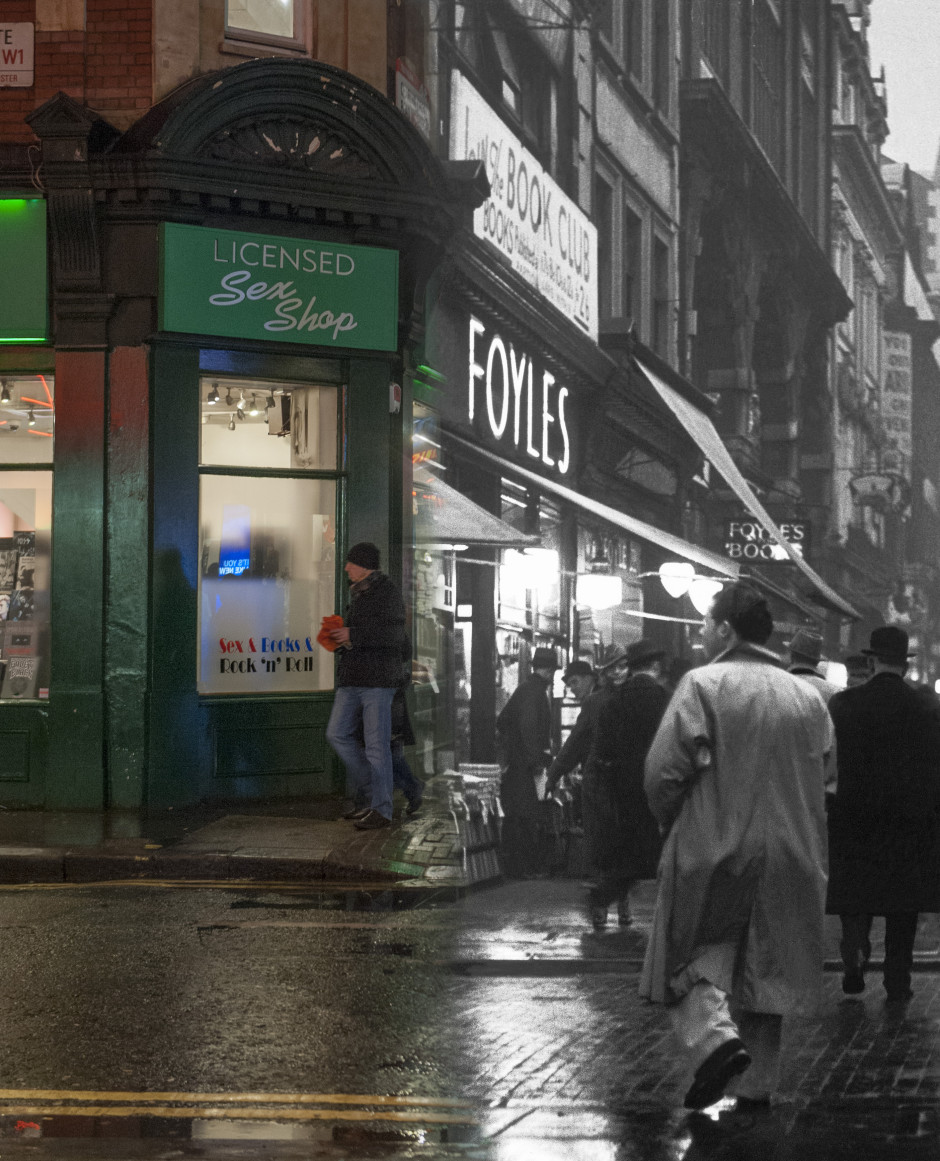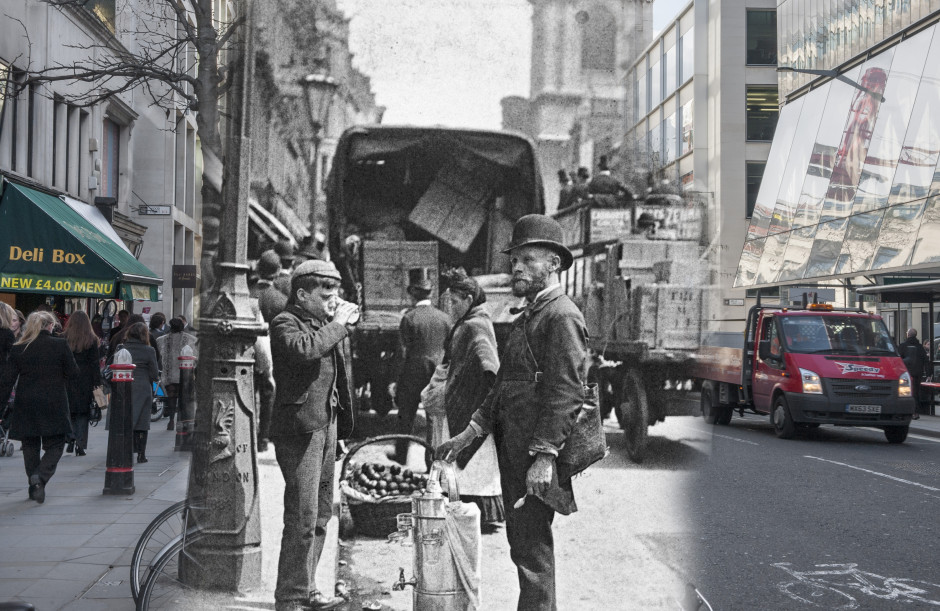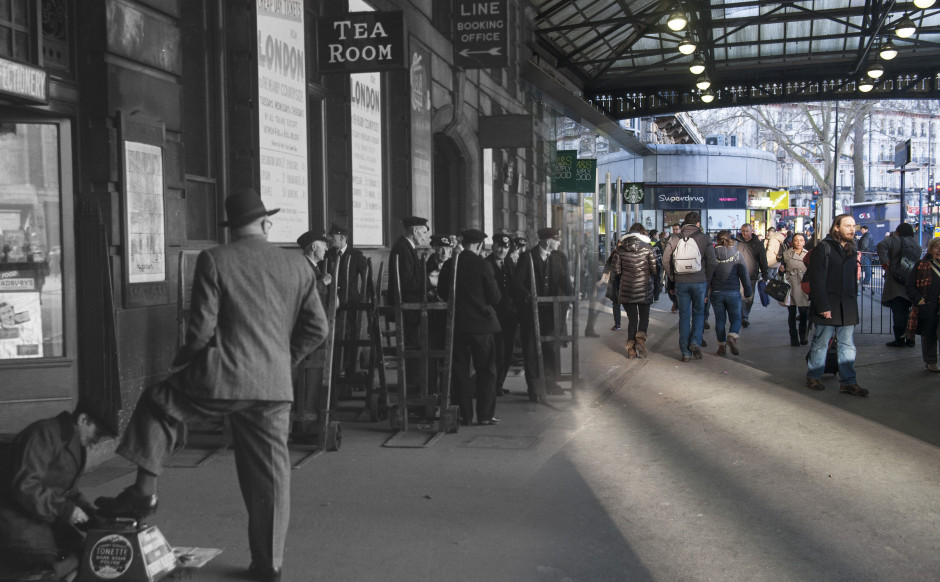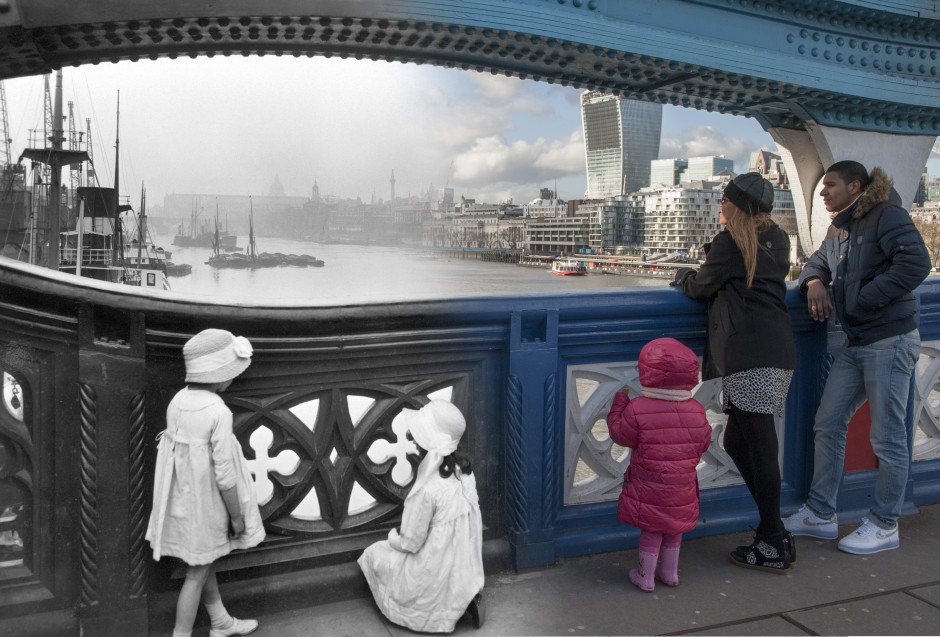Any exhibition opening is exciting for the curation team behind it, but the Museum of London is particularly excited about its forthcoming exhibition Bridge, which opens at the Docklands branch of the organisation on 27 June.
Bridge will feature the oldest photograph in the museum's collection, William Henry Fox Talbot's Old Hungerford Bridge, a salt print made in 1845. The print has never been exhibited by the museum until now, owing to its fragile condition and its special place in photographic history.
While Fox Talbot worked on developing the photographic process throughout the 1830s, it wasn't until 1845 that he made his major breakthrough that allowed photographs to be successfully fixed in a way that wasn't so hit-and-miss. This was a precursor to the development process that was used until the advent of digital photography. And Old Hungerford Bridge would have been one of the first negative-to-positive images fixed in this way.
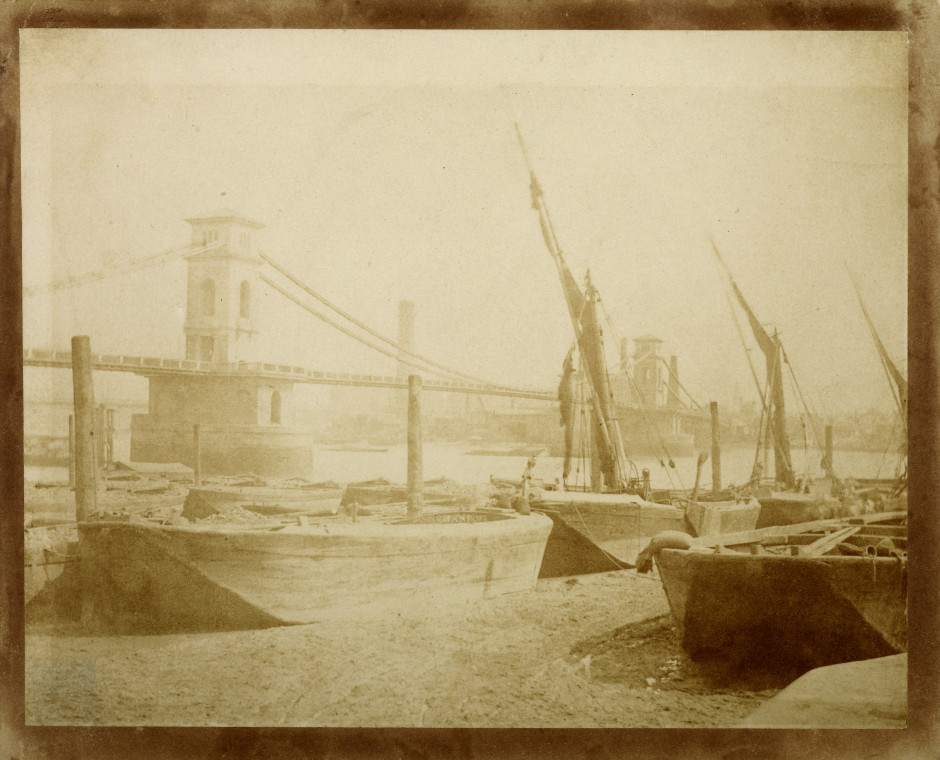
The print itself shows Isambard Kingdom Brunel's original Hungerford Bridge in 1845, the year it opened. (It would be demolished 15 years later to make way for a railway bridge.) 'By contrasting the old barges in the foreground with the Brunel's new iron bridge, Fox Talbot highlights the technological advances of the 19th century,' says Francis Marshall, Bridge's curator. Let alone his own technological advances in the photography world.
Why the difficulty in exhibiting the print? It's extremely fragile and faded due to its age. In order to minimise the risks to the picture, it will be displayed in strictly controlled lighting conditions; in order to see it, visitors will be invited to press a button to illuminate it, reducing its exposure to nnecessary light. It's also only going to be on display for the first month of the exhibition.
As for the rest of the exhibition, it uses a mixture of contemporary and historical artworks, photography, and film to chart the visual history of London. From Hungerford to Blackfriars, Westminster, Millennium, and Thomas Heatherwick’s Garden Bridge design, Bridge looks at how London’s bridges allow people to move around and experience the city.
The exhibition runs from 27 June to 2 November 2014, at the Museum of London Docklands. But the Fox Talbot print will only be on display for the first month. It's free to enter. The entire museum is well worth a trip, and I recommend indulging in a mojito in Rum & Sugar when you've finished.
